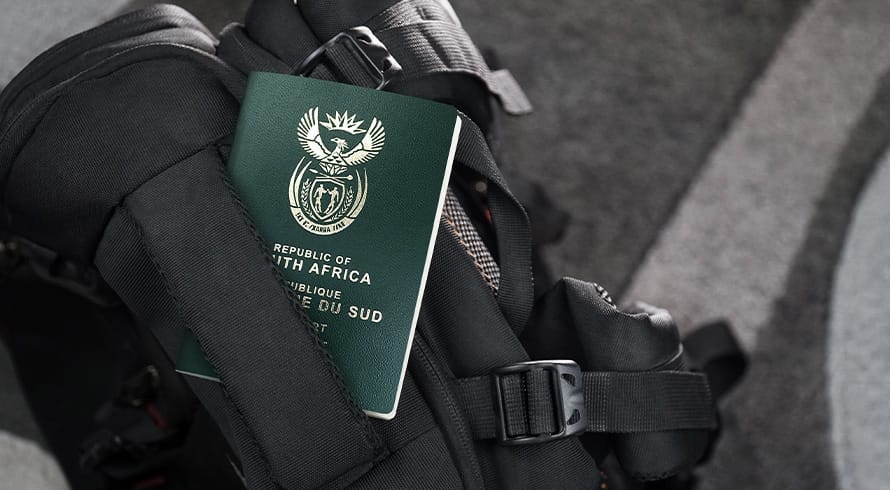Mobile Money Mingle: The CBK’s launch of mobile money merchant interoperability
At a glance
- The Central Bank of Kenya (CBK) has launched the first phase of mobile money merchant interoperability, allowing Airtel Money and T-Kash users to make direct payments to any Safaricom M-PESA till number using the "Buy Goods" service.
- This phase only applies to the "Buy Goods" service and does not include other services like Safaricom's "Pay Bill" option, which caters to recurring bills.
- The goal of this initiative is to promote financial inclusion and convenience in digital payments, addressing the challenge of customers having to transfer funds across different networks to make payments to merchants on different networks. It is part of the CBK's National Payment Strategy 2022-2025.
Although the “Buy Goods” and “Pay Bill” services both facilitate digital payments for goods and services, there is a difference between the two. The “Pay Bill” service caters for a customer that has an official relationship and account with the merchant to enable payment of re-occurring bills, such as utility bills or loan repayments. On the other hand, the “Buy Goods” option caters for walk-in customers paying for goods and services over the counter.
In February 2022, the CBK issued its National Payment Strategy 2022 – 2025, which identified trust, security, usefulness, choice and innovation as key principles to promote within Kenya’s national payments landscape. According to the CBK, this first phase is a step towards achieving its 2022 – 2025 goal and represents an important step in Kenya’s evolution that will pave the way for future extensions of interoperability to enable Kenyans to
“pay anyone, anywhere”.
The aim of this mobile money mingle is to deepen financial inclusion and the convenience of making digital payments regardless of a customer or merchant’s network. In the CBK’s MSME 2021 Access to Bank Credit Report, financial inclusion in Kenya was marked at 83%, while the rate of digital payments increased by a noteworthy 24%. Nevertheless, the CBK identified that Kenya’s payments system still faces interoperability challenges, as customers frequently make unnecessary transfers across different networks in order to buy goods or services from a merchant who is registered on a different network.
These nuanced challenges hinder the ease of doing business as they increase the complexity, time and costs associated with digital payments. The introduction of the first phase of interoperability therefore presents an opportunity to resolve some of these challenges. In the words of the CBK, this new service will
“further deepen the digitalisation of payments to large and small businesses using the already extensive mobile money rails, and therefore enable customers to conveniently make payments.”
The information and material published on this website is provided for general purposes only and does not constitute legal advice. We make every effort to ensure that the content is updated regularly and to offer the most current and accurate information. Please consult one of our lawyers on any specific legal problem or matter. We accept no responsibility for any loss or damage, whether direct or consequential, which may arise from reliance on the information contained in these pages. Please refer to our full terms and conditions. Copyright © 2025 Cliffe Dekker Hofmeyr. All rights reserved. For permission to reproduce an article or publication, please contact us cliffedekkerhofmeyr@cdhlegal.com.
Subscribe
We support our clients’ strategic and operational needs by offering innovative, integrated and high quality thought leadership. To stay up to date on the latest legal developments that may potentially impact your business, subscribe to our alerts, seminar and webinar invitations.
Subscribe



